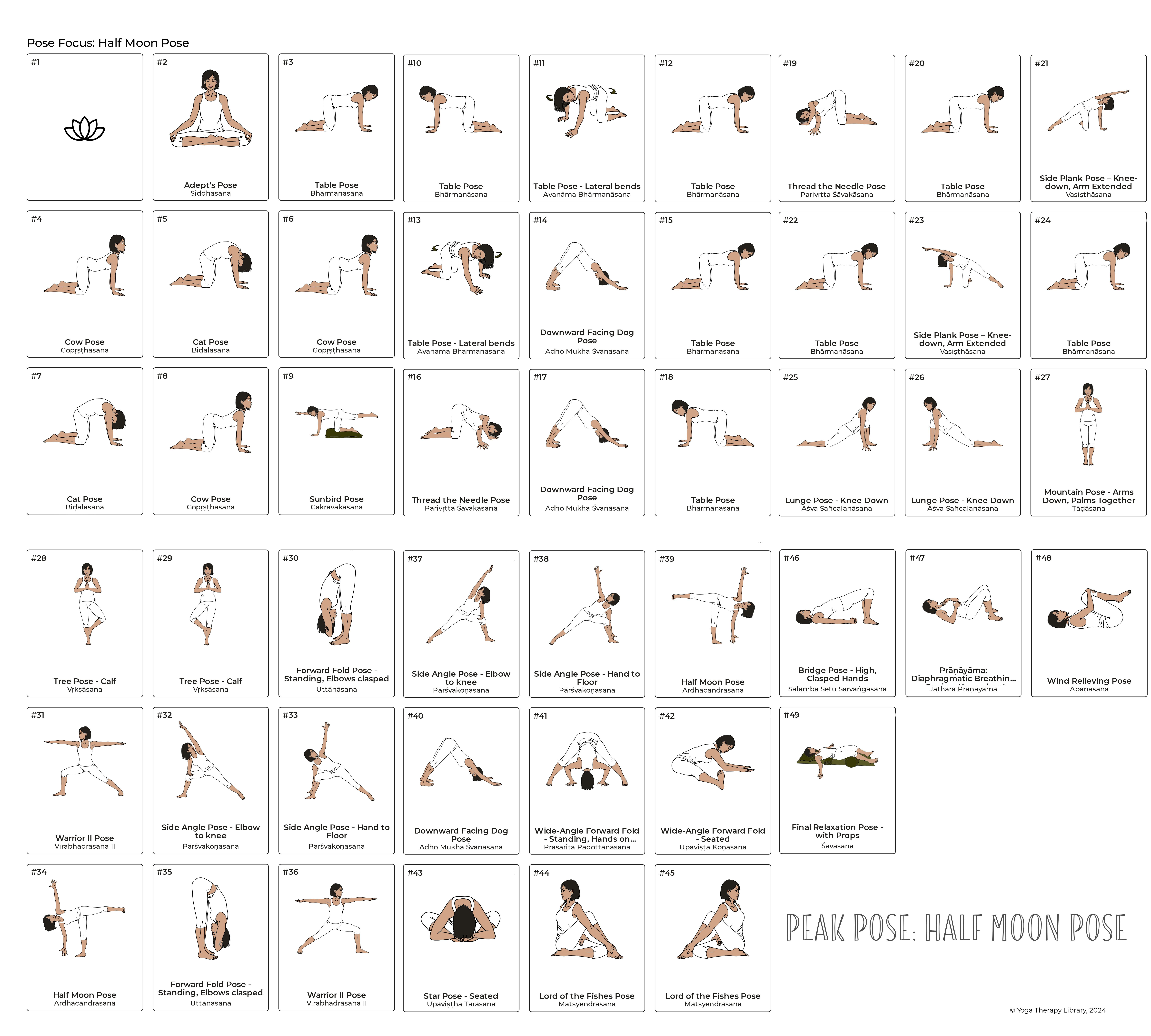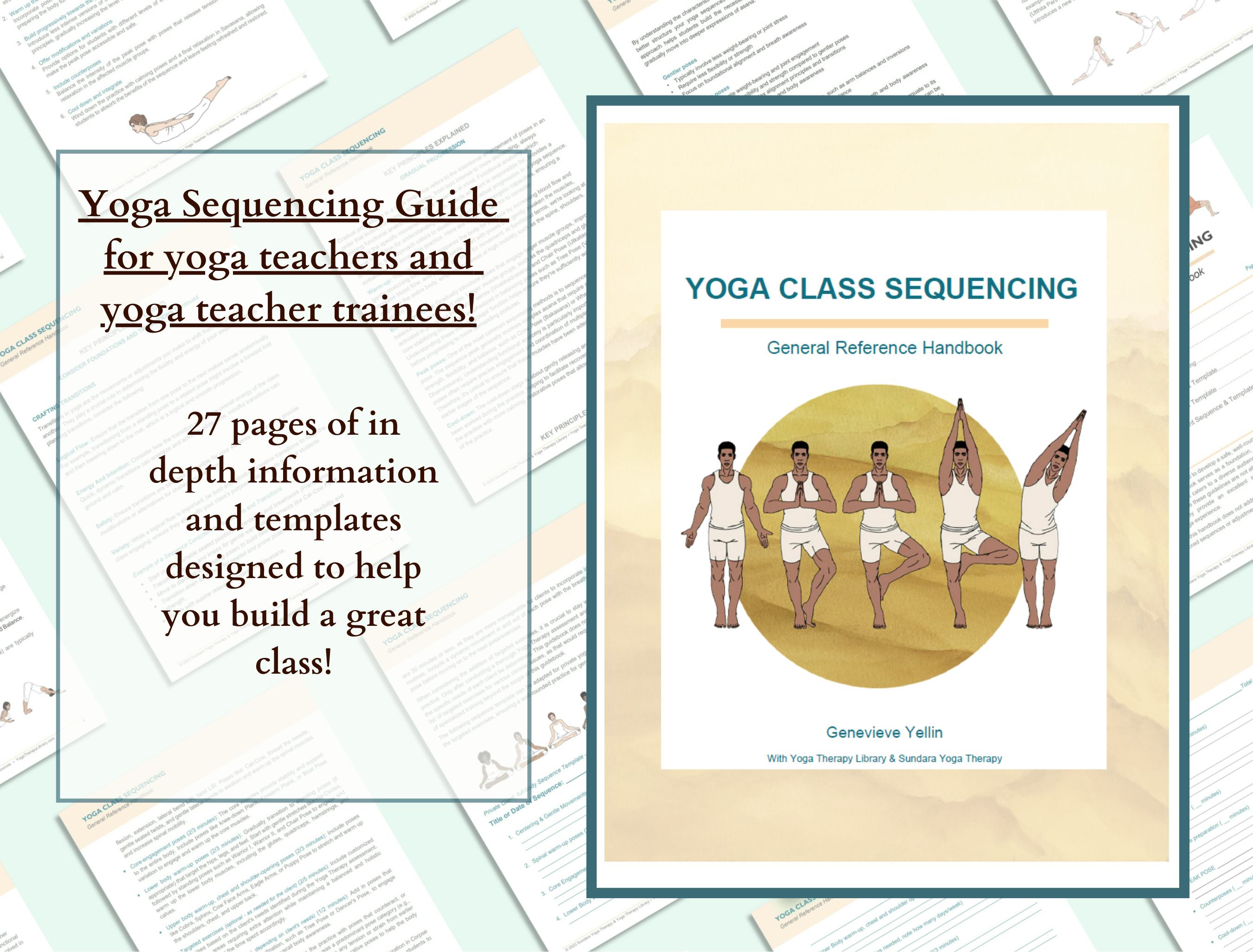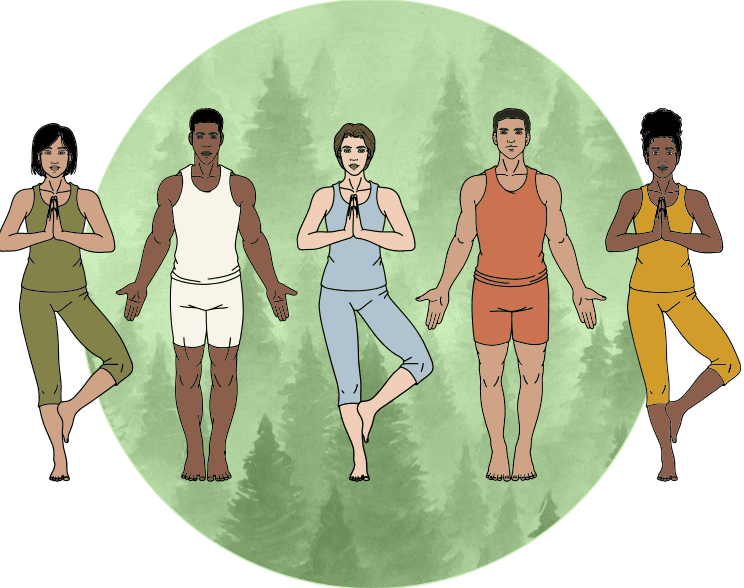Crafting a Sequence for Your Yoga Class: A Seamless Yoga Sequence Guide
Navigate Through Creative Blocks with a Structured Approach to Building a Yoga Sequence

In the world of Yoga, crafting a Yoga class sequence that resonates with both the instructor's teaching style and the diverse needs of students is an art form in itself. The sequencing of a Yoga class is much more than just a lineup of poses; it's a carefully structured journey that guides students through a comprehensive experience, from grounding and warming up the body to the peak of practice and, finally, to a place of deep relaxation and reflection. When inspiration seems out of reach or the daunting task of creating something new feels overwhelming, using a template as a structured guide can be a lifeline. It helps break through creative blocks and is a valuable tool for those new to designing their sequences, offering a methodical approach to crafting an engaging and effective Yoga sequence. The format below is a page from our Yoga class sequencing handbook, which offers multiple templates like the 75-minute class structure below. It includes Yoga class essential elements like centering, warm-up, peak poses, and a closing meditation. The sequence guides are designed to be flexible, allowing you to tailor the sequence to your students' specific requirements while maintaining a balanced and cohesive flow. Whether you're a seasoned instructor looking for fresh ideas or a new teacher developing your unique style, this model provides a solid foundation to build upon, ensuring your classes are engaging and rewarding for your students.

Yoga Therapy Library Sequencing Guide
75-minute Yoga Class Sequence with a few minutes as a buffer
Centering (5 minutes)
Begin with a seated meditation or gentle breathing exercises to help students arrive on their mats and become present.
Warm-up (10 minutes)
Start with gentle movements, like Cat-Cow, to awaken the body and connect with the breath. You can also incorporate a few rounds of Sun Salutations (Surya Namaskar A) to build heat and prepare the body for more intense poses.
Standing poses (5 minutes)
Introduce foundational standing poses, such as Warrior II, Triangle, and Chair Pose. These poses help build strength, stability, and balance.
Peak pose preparation (10 minutes)
Choose poses that specifically target the muscle groups needed for the peak pose, such as hip openers, shoulder openers, or core strengtheners.
Peak pose (5 minutes)
Teach the peak pose, providing modifications and variations as needed. Offer adequate time for students to attempt the pose and find their own expression of it.
Counterposes (5 minutes)
Incorporate poses that counteract or balance the peak pose, allowing the body to release any tension or strain from the more challenging posture.
Cool-down (10 minutes)
Gradually wind down the practice with seated or supine poses, such as forward folds, twists, and gentle backbends.
Savasana (10 minutes)
Finish the class with Corpse Pose (Savasana), allowing students to relax and absorb the benefits of the practice. Ensure they have enough time to fully rest and let go of any remaining tension in the body.
Pranayama – (2-3 minutes)
Meditation, then closing (5 minutes)
Gently bring students back to awareness, inviting them to take a few deep breaths and slowly stretch. Offer a closing meditation or gratitude practice, and end the class with a traditional "Namaste" or your preferred closing gesture.
There are many more Yoga sequence guides and templates, based on timing, theme, body-part focus, and many more. Check out of Booklet in the Yoga Therapy Library Store HERE

